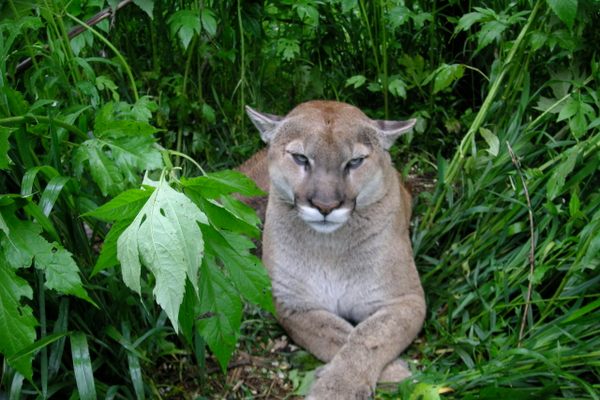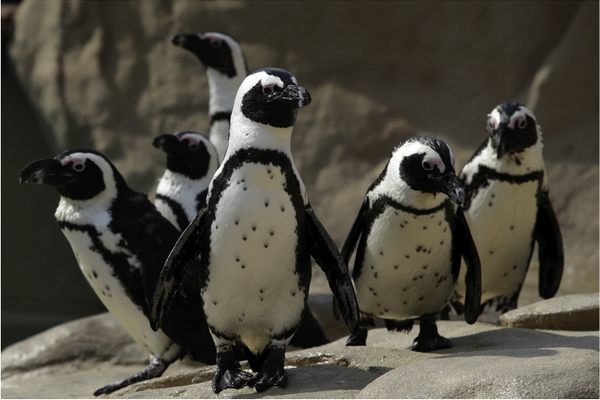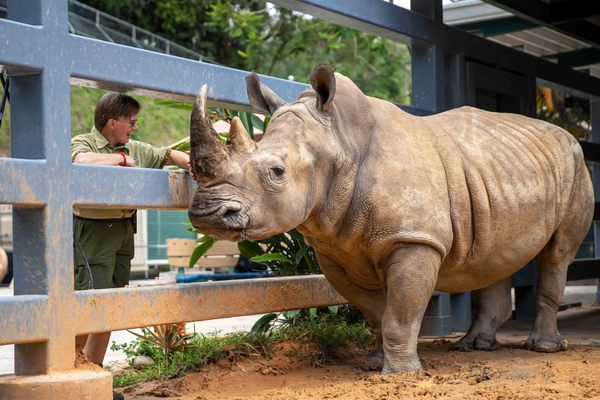A Bangkok Zoo Where People Ask for and Escape Death by Crocodile
Samutprakarn Crocodile Farm and Zoo (photograph by the author)
On the afternoon of September 12, a 65-year-old woman from a rural suburb of Bangkok traveled an hour to the Samutprakarn Crocodile Farm and Zoo. She paid the $9 admission and headed for a pond holding thousands of crocodiles. There, she slipped off her shoes, climbed over a barrier and jumped in.
The police said Wanpen Inyai, identified later by the ID card in her pocket, committed suicide. Compounding the tragedy, she wasn’t the first. Since 1992, at least four people have taken their lives there.
Sometimes it’s difficult to write about suicide because of the great risk of inspiring copycats. But the track record at Samutprakarn is already disturbing. How could this happen? And is the park doing anything to reduce its danger to vulnerable people? When I arrived on a sunny morning about a week after her death, the farm was back to normal. Which is to say, it was back to being extremely bizarre. I had come to see the crocodiles — the park advertises more than 100,000 of them (though I have doubts about that figure).
But the first thing I saw was a man in a cage. Splayed beside him on the concrete slab was a dormant tiger. For a fee, anybody could step inside and have a picture with the beast, a fairly common gimmick across Thailand. Last year, a 19-year-old tourist was mauled in another part of the country. Farther into the park, I started to hear a strange popping sound. I followed it up some stairs. A crowd of Asian tourists had gathered on a catwalk above a pond, cheering at each pop, pop.
A crocodile at the park (photograph by the author)
This, I soon learned, is the understated sound a crocodile makes when its jaws slam together with the crushing force of a Tyrannosaurus Rex.
The tourists were taunting some 15 gape-mouthed crocs with fish heads on strings. They laughed when the crocodile missed its meal, and groaned when it didn’t. There was nothing there to stop a person from hopping into the pond. (I should mention at this point that I tried to speak with a manager or the owner about safety, half expecting to find Alejandro Jodorowsky was behind all this. Although there were two luxury cars parked outside the administrative office, a secretary said no one was there. I left a note asking someone to call or write, but no one ever did.)
Suddenly, bad Thai music from tired speakers lured us thither. Up more stairs, we found ourselves in an 800-seat arena. In the center there was a murky pool of more than a dozen six- or seven-foot crocodiles around a concrete island. Two performers, clad like snake charmers, waded into the water and began teasing the animals about the face with batons.
The ease with which they could elicit a jaw pop put me on edge — because I knew what was next.
After some ritualistic soothing and a respectful bow, a man inserted his arm into the mouth. He pulled it out. He put it in again. And again. The third time, the mouth went pop, but not before the hand was out, and the crowd was applauding and showering paper money into the stinky pool.
Then the other performer jammed his head in there, a stunt that, at least once, has not been successful. A croc grabbed a trainer’s face there last year and then, inexplicably, let him go. To my relief, no one was harmed, but — these being unpredictable, powerful animals — I still don’t know how or why.
A 2010 crocodile show at the park (photograph by Will Will/Flickr)
A 2008 crocodile performance at the park (photograph by Cameloctober/Wikimedia)
To exit, I walked past broken (or unplugged?) arcade games from some historical decade and then down a long pathway lined with concrete cells. On the park map, this area is labeled as, “Handicapped Crocodile.” Signs above the tanks indicate the “disability”: “albino,” “dark and tailless,” “hook-tailed.”
Just before the gate, a woman in an apron scolded a small trousered chimp chained at the waist to a table. Beside them, a man combed the arm hair of another. Stepping back into the sun, I left all that behind and fled back to Bangkok, the city of vice.
Woman in the park with a chained monkey (photograph by the author)















Follow us on Twitter to get the latest on the world's hidden wonders.
Like us on Facebook to get the latest on the world's hidden wonders.
Follow us on Twitter Like us on Facebook